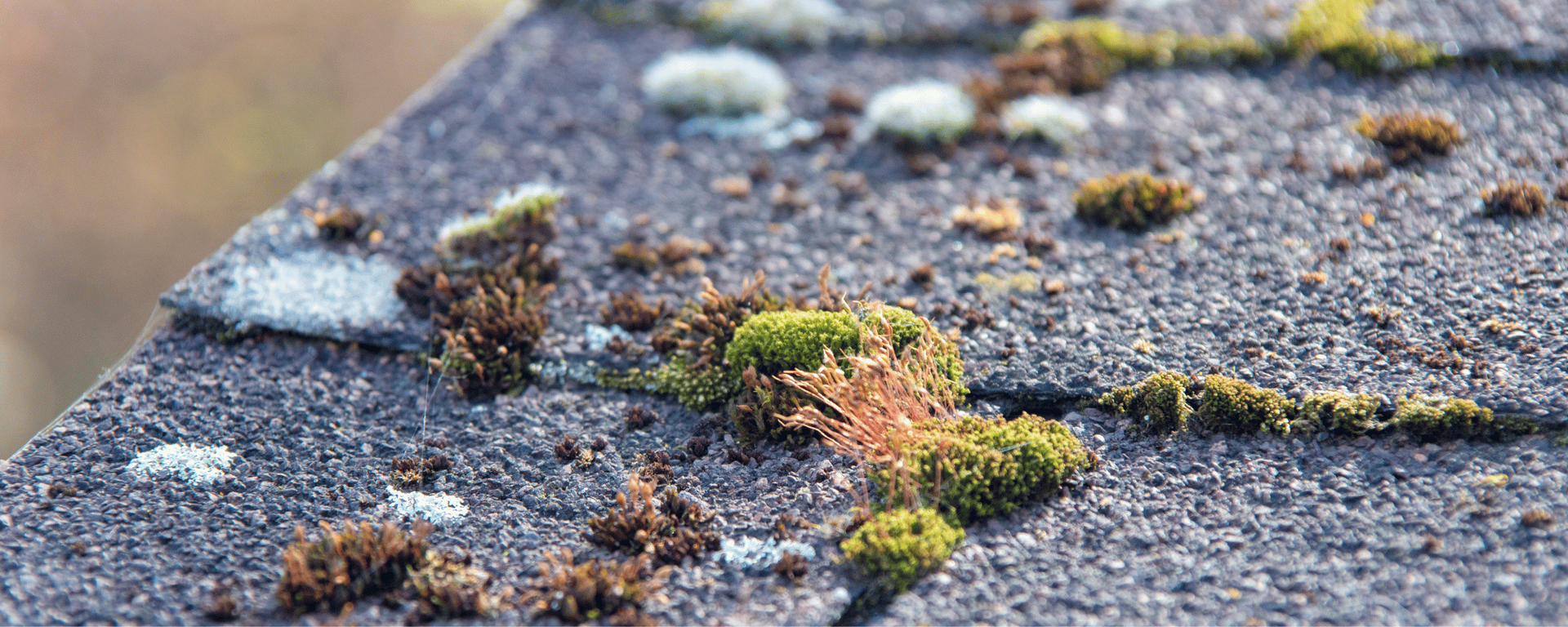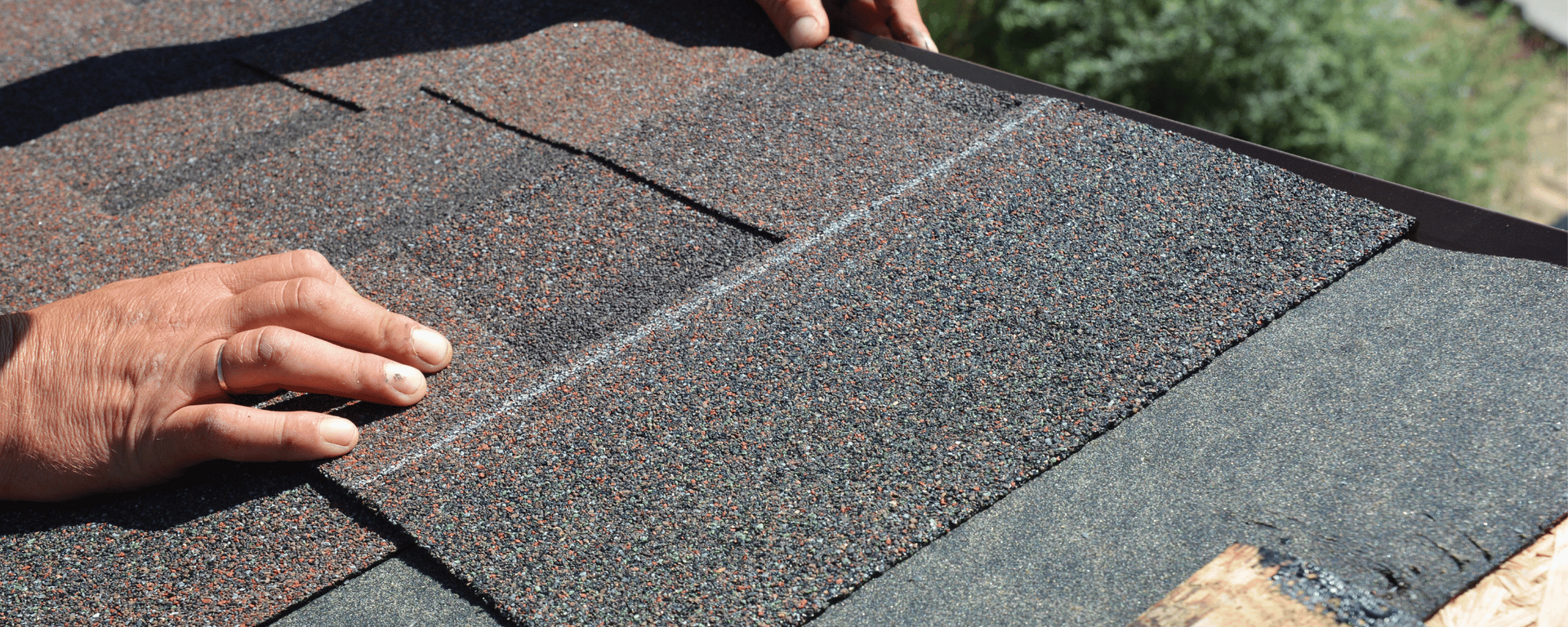
What to Do if You Find Mold in the Attic in Dallas, TX?
What to Do if You Find Mold in the Attic in Dallas, TX?
Finding mold in your attic is definitely one of those moments where you go, “Oh no, not this!” But it doesn’t have to be a nightmare. Mold in your attic is actually a pretty common issue, especially in places like Dallas, TX, where humidity can be pretty high. If you’ve stumbled across mold up there, don’t panic. The key is to take the right steps, and you’ll have it under control before long.
Here’s a step-by-step guide on what to do if you find mold in your attic.
1. Stay Calm and Assess the Situation
The first thing you need to do is stay calm. Mold sounds scarier than it really is, and in many cases, you can handle it yourself. But before you start ripping things apart, take a moment to figure out the scope of the problem.
Here are a few things to check:
- Size of the mold – Is it a small patch or a large area? If it’s only a small patch, you can probably take care of it. If it’s spread out over more than 10 square feet, you might want to call in the pros.
- Type of mold – While it’s hard to tell what kind of mold you’re dealing with without testing, know that all types of mold should be treated seriously, especially if you have allergies or asthma.
- Moisture source – Mold thrives in damp areas. So, figuring out where the moisture is coming from is important for stopping the mold from coming back.
2. Take Safety Precautions
Mold isn’t something you want to mess with without proper protection, so before you do anything else, make sure you’re geared up.
Here’s what you’ll need:
- Protective gear: Wear gloves, a mask (an N95 respirator is best), and goggles to avoid inhaling spores or getting mold on your skin.
- Ventilation: Mold spores can be in the air, so make sure the attic is well-ventilated. Open windows, and if you can, use fans to get the air moving.
3. Find and Fix the Moisture Problem
If there’s one thing mold loves, it’s moisture. So, before you start cleaning, figure out what’s causing the moisture. If you don’t fix that, the mold will come back.
Here are some common causes of moisture in the attic in Dallas:
- Roof leaks – This is the most common cause. Leaks can let rainwater or melting snow get into your attic.
- Poor ventilation – If your attic doesn’t have good airflow, humidity can build up, leading to condensation and mold growth.
- Plumbing issues – Leaky pipes running through the attic can introduce moisture.
- Humidity – Dallas summers can get pretty humid, and that moisture can find its way into your attic over time.
Once you find the source, make sure to fix it before moving forward. If it’s a roof leak, you’ll probably need to call in a roofing expert. If it’s poor ventilation, installing some extra vents might do the trick.
4. Get Rid of the Mold
Once the moisture issue is fixed, it’s time to deal with the mold. If the mold is in a small area (less than 10 square feet), you can probably clean it up yourself.
Here’s how to clean it:
- Get the right cleaning solution: You can use a commercial mold cleaner, or make your own. Mix equal parts water and vinegar or water and bleach (1 cup bleach to 1 gallon of water). Both will work.
- Scrub away the mold: Use a brush or sponge to scrub the mold off wood beams, rafters, and sheathing. Make sure to get every crevice.
- Rinse and dry: After you’ve scrubbed the mold, rinse the area with clean water. Then, dry everything as best as you can. You can use fans or a dehumidifier to help speed up the drying process.
5. Prevent Mold from Coming Back
The last thing you want is for the mold to come back, so it’s important to prevent it from regrowing. Here are some tips to help keep your attic mold-free moving forward:
- Improve ventilation: The more airflow your attic has, the less moisture can build up. Consider adding vents or installing an attic fan.
- Add a vapor barrier: If your attic has high humidity, installing a vapor barrier can help prevent moisture from entering.
- Keep gutters clean: Clogged gutters can cause water to overflow and leak into your attic. Clean gutters are essential in preventing roof leaks.
- Check for leaks regularly: Make it a point to inspect your roof regularly for any signs of damage, especially after a storm. Catching leaks early can help prevent mold growth.
6. When to Call in the Professionals
If the mold problem is big, or if you can’t figure out where the moisture is coming from, it might be time to call in a professional mold remediation service. Here’s when you should consider getting expert help:
- The mold covers more than 10 square feet.
- You suspect the mold could be toxic (like black mold).
- You can’t find the source of the moisture, or the moisture keeps coming back.
- The mold keeps growing back even after cleaning.
Professionals have the tools, expertise, and knowledge to get rid of the mold for good and ensure that your attic is properly ventilated to prevent future growth.
Final Thoughts
Finding mold in your attic is never ideal, but with the right approach, you can tackle the problem head-on. The key is to identify and fix the moisture problem first, then safely remove the mold, and finally take steps to prevent it from coming back.
If the job feels too overwhelming or the mold growth is too widespread, don’t hesitate to bring in the pros. It’s always better to take care of the problem sooner rather than later to keep your home safe and healthy.
You might also like




